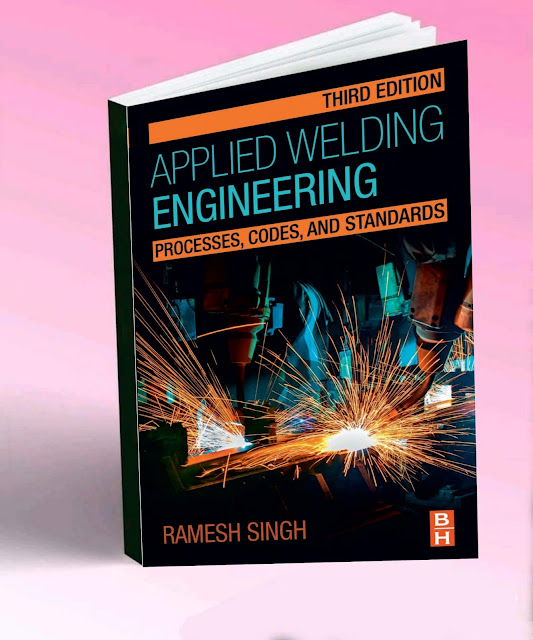Applied Welding Engineering
When we talk of metallurgy as a science of the study of metals, the first question that arises in the mind is “What is a metal?” Most of us can recall the introductory study of metals in basic physics in school.
Metals are best described by their properties. Metals are crystalline in the solid state. Except for mercury, metals are solid at room temperature; mercury is a metal but in liquid form at room temperature. Metals are good conductors of heat and electricity, and they usually have comparatively high density.
Most metals are ductile, a property that allows them to be shaped and changed permanently without breaking by the application of relatively high forces. Metals are elements, and metal are also alloys created by man in pursuit of specific properties. Aluminum, iron, copper, gold, and silver are examples of metals as elements, and brass, steel, bronze, etc. are examples of alloys, the man-made metals.
Metallurgy is the science and technology of metals and alloys. The study of metallurgy can be divided into three general groups:
1. Process metallurgy
Process metallurgy is concerned with the extraction of metals from their ores and the refining of metals. A brief discussion on production of steel, castings, and aluminum is included in this section.
2. Physical metallurgy
Physical metallurgy is concerned with the physical and mechanical properties of metals affected by composition processing and environmental conditions. A number of chapters in this section specifically address this topic.
3. Mechanical metallurgy
Mechanical metallurgy is concerned with the response of metals to applied forces. This isaddressed in subsequent chapters of this section.
Pure metals and alloys
Pure metals are soft, weak, and used only for specialty purposes such as laboratory research work and electroplating. Foreign elements (metallic or nonmetallic) that are always present in any metal may have beneficial, detrimental, or no influence on a particular property. Whereas disadvantageous foreign elements are called impurities, advantageous foreign elements are called alloying elements. When alloying elements are deliberately added, the resulting metal is called an alloy. Alloys are grouped and identified by their primary element metal, e.g., aluminum alloy, iron alloy, copper alloy, nickel alloy, and so on.
Most of the metals as elements are not found in nature in their usable form. They are generally found in their various oxide forms called ores. The metals are recovered from these ores by thermal and chemical reactions. We shall briefly discuss some of these processes. The most common and abundantly used metal is iron, and its recovery from nature by various means is discussed in the following paragraphs.
DOWNLOAD :- HERE
